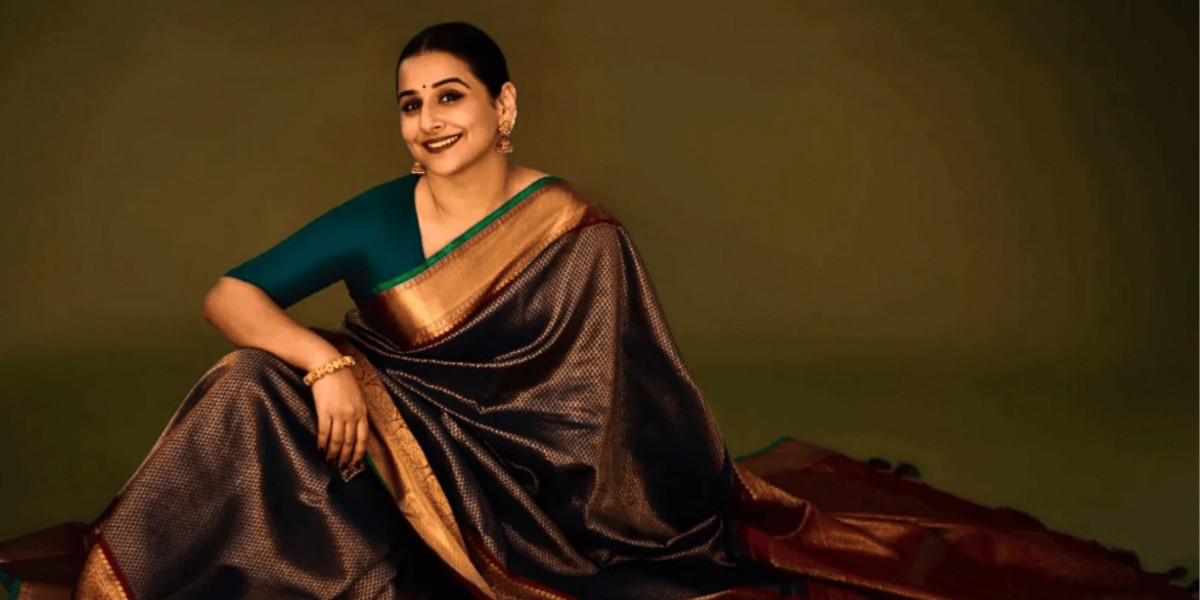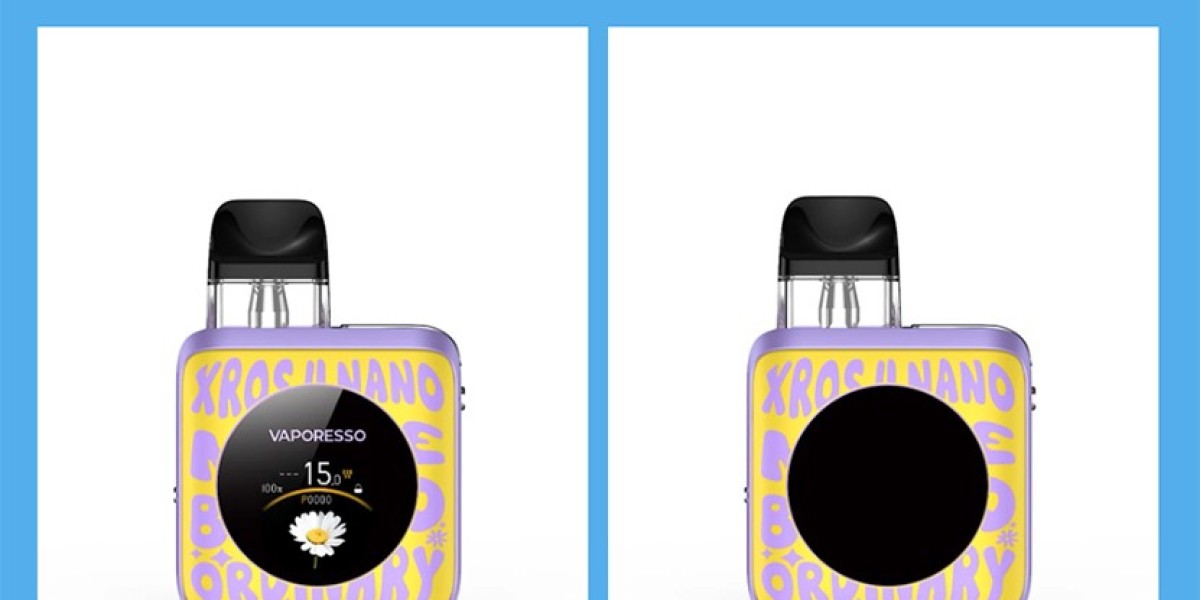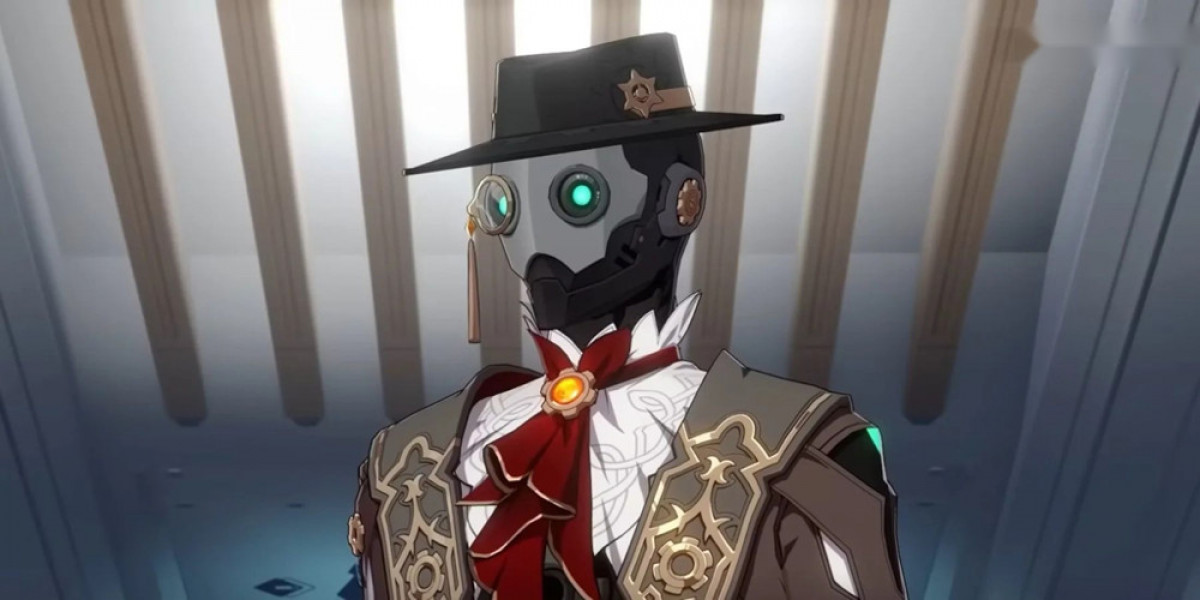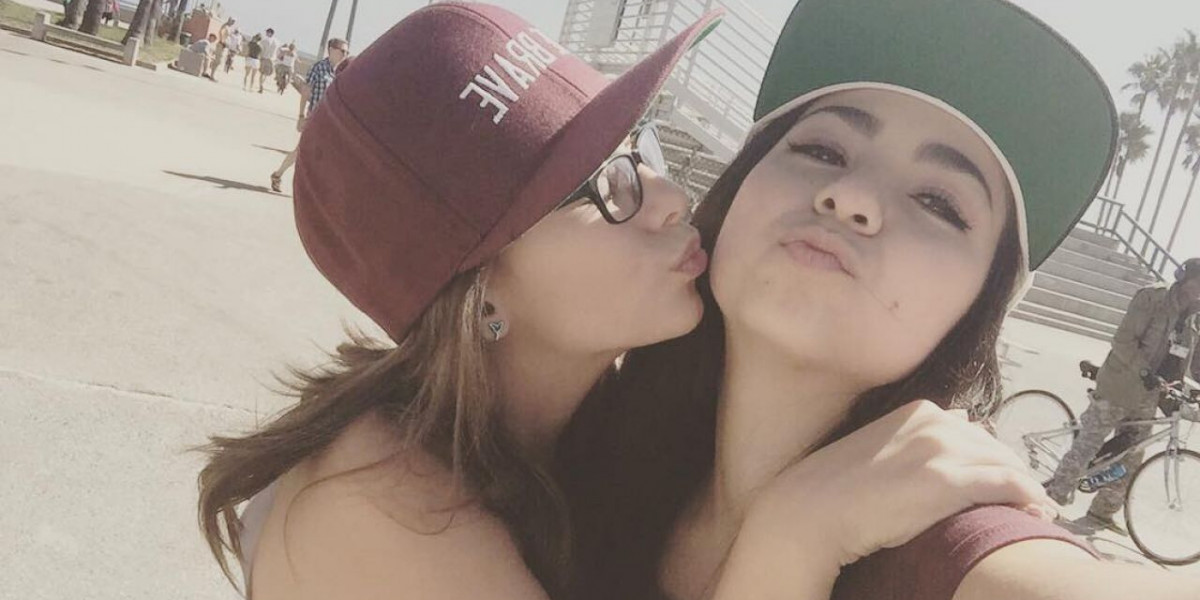India is a land of art, culture, and colors, where every corner resonates with tradition and creativity. Whether in its cuisine or clothing, the vibrancy and intricacy of design define its identity. When it comes to weddings, this richness is at its peak—not only in the attire of the bride and groom but also in the ensembles of their loved ones. In this special blog, we take you on a journey through the magnificent world of Indian Wedding Saree attire. Read on to explore the beauty and tradition behind these stunning outfits.
1. North Indian Majestic Splendor
For the Bride:
North Indian brides traditionally adorn themselves in lehenga-choli or Banarasi sarees, often in shades of red, pink, or maroon. These outfits are exquisitely decorated with zari and gota-patti embroidery. The regal look is completed with opulent Kundan, Polki, and Chuda jewelry, exuding an aura of grandeur.
For the Groom:
The groom dons a luxurious sherwani in gold, white, or deep red, complemented by a Safa (turban) and Kalgi. Some also wear a bandhgala suit or achkan with an elegant dupatta, adding a touch of sophistication to their look.
2. South Indian Silken Magnificence
For the Bride:
South Indian brides radiate grace in Kanjeevaram or Mysore silk sarees, which showcase rich hues of gold, red, and green. Their look is adorned with traditional jewelry, including the Mangalsutra, Kasu Mala, armlets, and a forehead band, reflecting their cultural heritage.
For the Groom:
The groom typically wears a silk dhoti paired with an angavastram (dupatta). Some also choose a Mudu (lungi), symbolizing their deep-rooted traditions and values.
3. Rajasthani & Marwari Royal Grandeur
For the Bride:
Rajasthani brides dazzle in lehenga-cholis adorned with intricate Bandhani and Gota-Patti work. Their traditional jewelry—Borla (Maang Tikka), Sheeshpatti, and Bajuband—adds an enchanting touch to their royal ensemble.
For the Groom:
Rajasthani grooms opt for embroidered sherwanis in bright colors, paired with a decorative turban and Kalgi. Their look is completed with traditional stamped juttis, exuding elegance and heritage.
4. Bengali Traditional Splendor
For the Bride:
Bengali brides look ethereal in red or white Banarasi sarees with golden zari work. Their look is characterized by shankha-pola (red and white bangles), mukut (head ornament), and a bold red bindi. Their eye makeup, featuring thick kajal or smokey eyes, enhances their beauty, completed with classic red lipstick.
For the Groom:
The groom wears a white or cream-colored tussar silk dhoti-kurta, embodying simplicity and elegance. The topper (traditional wedding crown) elevates his regal appearance.
5. Maharashtrian Grace and Simplicity
For the Bride:
Maharashtrian brides exude charm in Paithani sarees, usually in green, yellow, or purple. Traditional jewelry such as the Nath (nose ring), chandrakor bindi, mundavalya (beaded forehead band), and Kolhapuri saj necklace complete their classic look.
For the Groom:
The groom wears a dhoti and kurta, styled with a pheta (turban) and a silk scarf. Some opt for a sherwani, but the traditional dhoti-angavastram holds a unique cultural significance.
6. Punjabi Vibrance and Elegance
For the Bride:
Punjabi brides embrace vibrant lehengas or salwar suits, heavily embellished with embroidery. The look is completed with iconic Chuda (red bangles), Kalire (dangling ornaments), and Maang Tikka, adding grandeur to their ensemble.
For the Groom:
Punjabi grooms exude regal charm in sherwanis or kurta-pajamas, paired with a dupatta and Safa (turban). Many also carry a traditional Kirpan (ceremonial sword), symbolizing courage and honor.
7. Kashmiri Royal Elegance
For the Bride:
Kashmiri brides wear the traditional pheran (an embroidered long kurta) with a heavy dhoti and a beautifully draped tarang (head scarf). Their look is accentuated by Dejhoor (long gold earrings), a pashmina shawl, and teela masala, exuding grace and tradition.
For the Groom:
The groom opts for a kurta-pajama, layered with a traditional pheran and an embroidered stole, completing his regal and sophisticated look.
Modern Twists: Matching Wedding Styles for Couples
In contemporary times, many couples are embracing coordinated wedding ensembles. The easiest way to match is through color—wearing outfits in complementary shades or even identical hues. Couples can also harmonize through fabric choices, such as matching velvet or silk outfits. Even if the Indian Wedding Saree outfits differ, a coordinated look can be achieved for pre-wedding functions like Haldi, Sangeet, Cocktail, or Reception.
For those who prefer a subtle connection, matching accessories like statement jewelry, watches, or brooches can create a beautiful sync. Modern couples often add a twist to their traditional attire with pastel shades, fusion designs, or minimalist styles, yet the essence of grandeur and tradition remains eternal.
Which traditional wedding attire resonates most with you? Share your thoughts in the comments below!








